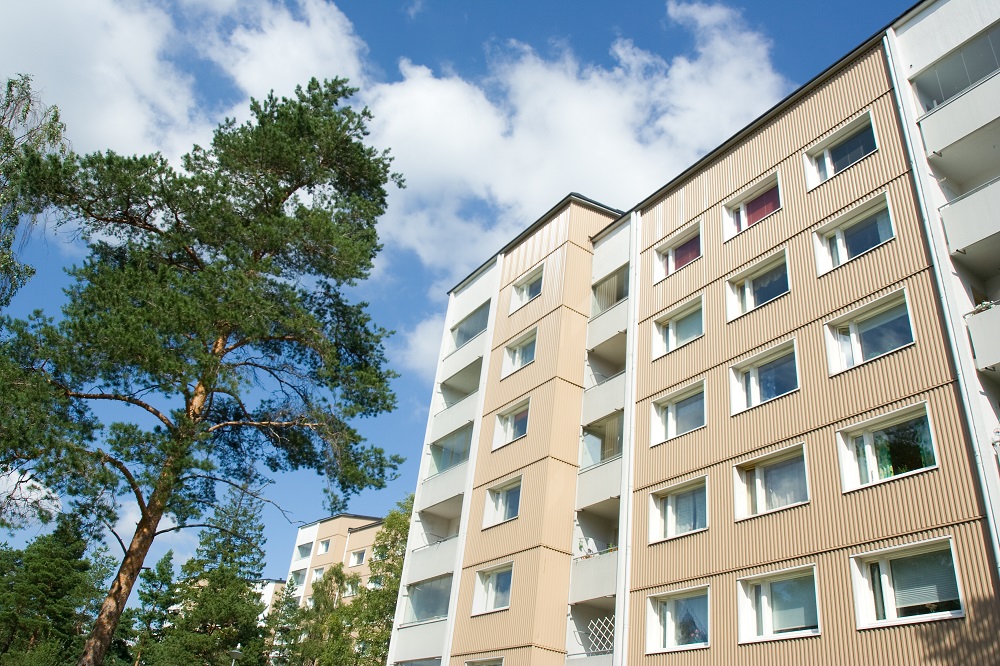Rent Growth Is Flat. Now What?
Slower rental growth may take some heat off renters thinking of buying a home just to escape the volatility of steep annual rent hikes.

Slower rental growth may take some heat off renters thinking of buying a home just to escape the volatility of steep annual rent hikes.

Rents rose at a 0.7 percent annual rate in March, their slowest pace since November 2012.
Now that rents are flattening, let’s consider what that could mean for the housing market and the overall economy. When rents were rising at a faster clip, it’s likely that many renters pursued homeownership in part to stabilize their monthly housing costs: A mortgage payment is locked in for a long term, while rents often rise from month to month or year to year. Low mortgage interest rates and home values that remained below pre-recession peaks in many areas also helped make buying a home more financially attractive.
But as home values continue to rise alongside mortgage rates, this dynamic could be starting to shift, which may lead to noticeable changes in housing inventory and affordability.
Slower rental growth may take some heat off renters thinking of buying a home just to escape the volatility of steep annual rent hikes. They still may choose to transition into homeownership, but may feel like they have a bit more time to save for a down payment or to be more patient about finding a home that’s right for them. This, in turn, could lead to a small softening in home buyer demand, possibly enough to take some of the frenzy out of the market as homes potentially stay on the market a bit longer and rampant bidding wars begin to fade. This softening in demand, however slight, could lead to slower growth in home values – which could make homeowners who were waiting to sell at maximum profit more tempted to put up the for-sale sign.
Chronically low inventory of homes for sale has been a problem for the past few years, especially among the kinds of less-expensive, entry-level homes likely to be sought by younger families and first-time buyers. Even a small improvement in inventory will be welcome news for buyers frustrated by a lack of choice.
Flattening rents also could spur developers to refocus their attentions. Right after the recession, when rents were still growing and home value growth was weak, large developers focused on building larger rental and multifamily projects. This was done in part to capitalize on high rental demand from millions of foreclosed upon and displaced former homeowners. As those developments began to come on line in large numbers in recent months, the added supply contributed to flattening rents, leading to less urgency to begin new rental projects. As a result, the pendulum could swing back toward more single-family and for-sale development, which will further help ease supply constraints.
Finally, the prospect of rising mortgage interest rates and still-growing home values will likely erode some of the affordability advantages of owning a home versus renting. As of the fourth quarter of 2016, the typical U.S. home buyer could expect to spend roughly 15.8 percent of their income on a monthly mortgage payment, compared to 29.2 percent of income for a typical renter. That affordability advantage comes when we assume 30-year, fixed mortgage interest rates of roughly 4 percent. If/when rates rise to 5 percent, and assuming home value growth in line with our forecasts, home buyers will need to spend 17.9 percent of their income on a mortgage. At 6 percent mortgage rates, that share of income jumps to 20 percent.
Rising mortgage rates and continued home value appreciation won’t entirely erase the financial advantages of owning over renting, but the gap can be expected to get noticeably narrower. It will likely be a couple more months, at least, before we can begin to measure the impacts of these changing dynamics. If anything, this should serve as a reminder that even when the data seem unrelated, the housing market is interconnected and complex and very few things happen in a vacuum.
Related: